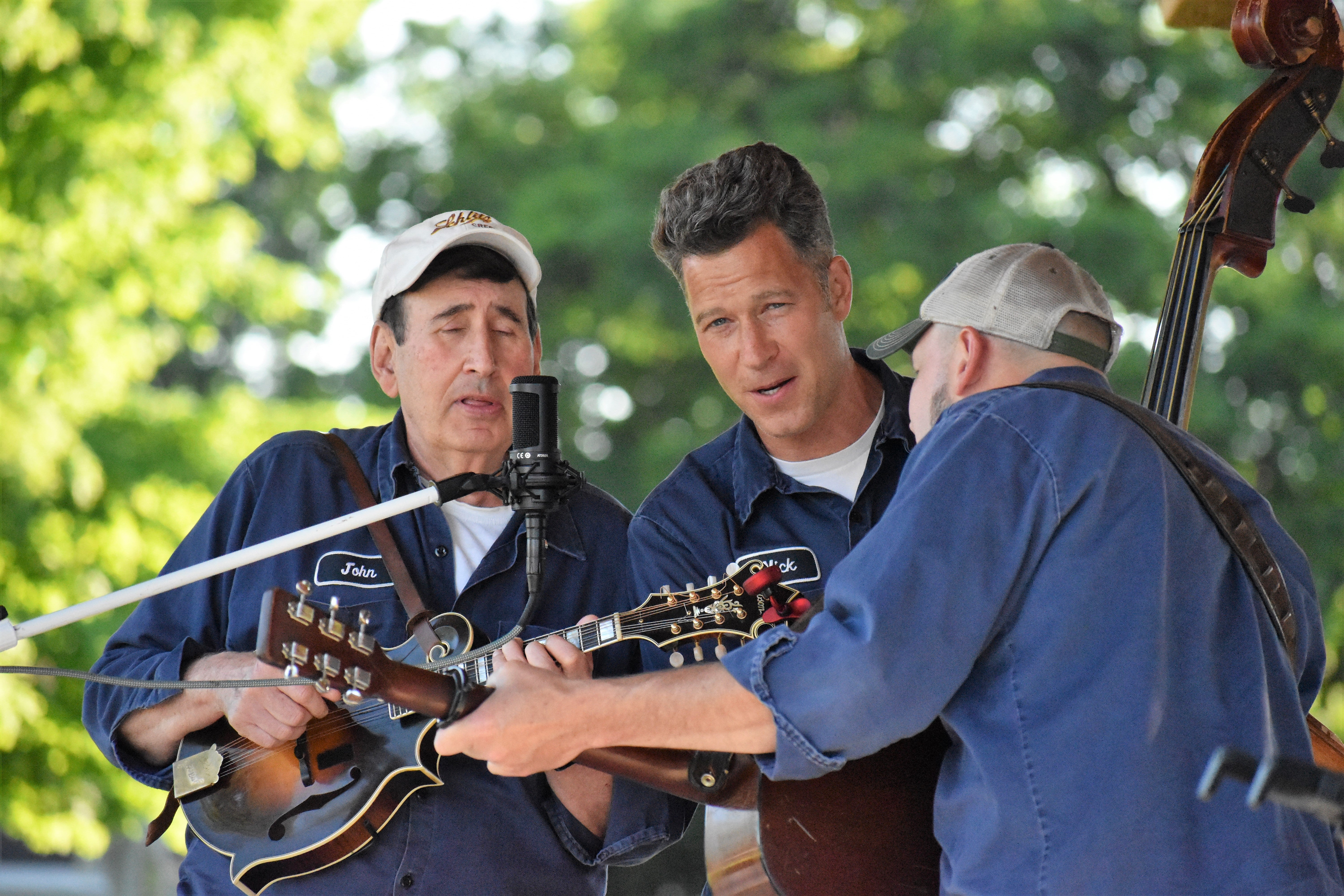A Dickens of a market
Published 11:20 pm Thursday, May 5, 2011

Chris Conwell, Phyllis Sarabyn
Charles Dickens isn’t often mentioned in the same economic breath with investing titan Warren Buffett, the “Oracle of Omaha,” but the author’s “A Christmas Story,” with its ghosts of holidays past, present and future, make a good device for Chris Conwell to compare the Great Depression and the October 2007-March 2009 recession.
Conwell, who spoke to Dowagiac Rotary Club Thursday noon at Elks Lodge 889 with Phyllis Sarabyn of the Edward Jones office on Spruce Street, has been with American Funds in Indianapolis since 1996.
While the recession was “the worst since the Great Depression,” Conwell argues that doesn’t make them “comparable.”
“My point is the perspective of where we’ve come,” he said. “This recession lasted 18 months. The Great Depression lasted four years. Are those two comparable even if it’s the worst since? Gross domestic product (GDP) — all the stuff we produce to consume or to send off to other countries — we saw a decline in the most recent downturn of 4 percent” versus 25 percent.
Unemployment? “And I know I’m hitting a chord here in this area and in northern Indiana,” Conwell said.
“Nationally, it stands just shy of 9 percent, and America peaked just above 9 at the height. Yes, your area’s higher, but on a national scale we peaked at just above,” compared to 25 percent joblessness during the Depression.
“I’m not trying to downplay how serious what we went through was,” he said, “but I don’t think they’re comparable.
“Comparing what we went through with the Great Depression is an absolute insult. I talked to my grandpa about what it was like to live through that environment,” when self-sufficient rural residents raised their own food and children who didn’t realize they were poor.
A recovery cycle began in March 2009 after the economy bottomed out.
“We’ve been in that recovery cycle ever since,” according to Conwell, referring to a handout of commentary from American Funds’ investment professionals not only in Los Angeles and New York, but around the world.
“Consider that the recovery is happening a lot slower than we’d like,” Conwell said. “We live in a microwave society. We want it right now. But don’t lose sight that from that bottom to where we’re at today, we’ve seen about a 95-percent gain. Does it feel like it? No, it doesn’t, but happening a lot slower than we’d like is going to continue.”
“We’re in a recovery mode,” which portfolio counselor Jim Dunton expects to continue for the next eight to 10 years. “I realize we are gaining ground slowly, but gaining ground nonetheless. My best-case scenario has us sort of grinding it out, with a flat economy for a while, at least in the U.S. and Europe.”
“Frankly, I’m seeing opportunities in nearly every market,” said Claudia Huntington, another portfolio counselor.
Conwell removes his wristwatch for a visual representation of the wavy stages of market cycles.
“Let’s keep it simple,” he said.
“Market cycles are a lot like a watch dial. At 12 o’clock, the high noon peak in October 2007, it’s easy to invest, unemployment is exceptionally low and companies are doing great. Revenues are strong, it feels good and it’s easy to get money in the marketplace. In the history of tracking cycles, there have always been downturns. As recessions happen, profits decline, some companies fail, stocks drop, bonds rise as people flee to safety, unemployment increases, interest rates fall, inflation slows, consumers are gloomy and tighten their wallets.”
As you move down the clock face to 6 o’clock, “Things get really scary. The day’s the darkest at 6 a.m. Lots of bad news. It feels horrible. It seems like things are never going to get better. We can only see things getting worse, so companies start restructuring, laying off, firing employees and going out of business. From that point on, in the history of capital markets, there’s always been a 7 o’clock — recovery.”
Typically emerging with an early recovery are cautious companies reluctant to hire, earnings return, stock prices improve, the economy stabilizes, but jobs stay scarce, risk-averse investors often flock to bonds and wary consumers restrain spending.
“Smaller, more nimble companies, grow first,” Conwell said. “They pop back the fastest. It typically takes four years to go around the dial once. As far as our ghost of market present, where are we on this chart?”
It’s an open-ended question because the presenter doesn’t know.
“I don’t know that I’d be here if I did,” he laughed. “Nothing against Rotary.”
Buffett — Warren, not Jimmy, who sings it’s 5 o’clock somewhere — once observed that greed shows up at the tops of market cycles.
So Buffett advises, “Be a little fearful when others are greedy and a little greedy when others are fearful.”
Buffett bought railroads during the meltdown, figuring we would still need them down the pike to ship stuff we produce.
“I can’t tell you what time it is,” Conwell said, “but I can tell you what’s happened. Small companies have seen a great growth cycle. Mid-sized companies have seen decent growth. Today the part of the cycle we’re seeing is dividends coming on board with large, established U.S. and non-U.S. companies. My educated guess would be somewhere between 7 and 9.
“We’re real good at consuming stuff. Three-quarters of the world’s stuff is consumed by developed mature economies” such as the United States, Europe and Japan (16 percent of the population). “Twenty-five percent is consumed by developing economies” such as China and India.
Developing economies constitute 84 percent of global population, with China at 20 percent and India at 17.
“What we’re excited about right now is us producing stuff and selling it to the rest of the world,” Conwell said.
“In the coming 10 years we expect to see 450 million individuals hit middle-class status in China and India alone. They’re going to develop something they’ve never had before called disposable income. That’s 450 million people who want to live the way we have enjoyed for a long time. They want to eat better, improve their diet and health and they want what we have, so they’re going to use our technology and our Western ways.
“Large, established, well-managed companies have seen those consumption patterns coming and have built inroads into those marketplaces. That’s what we’re excited about moving forward.”






